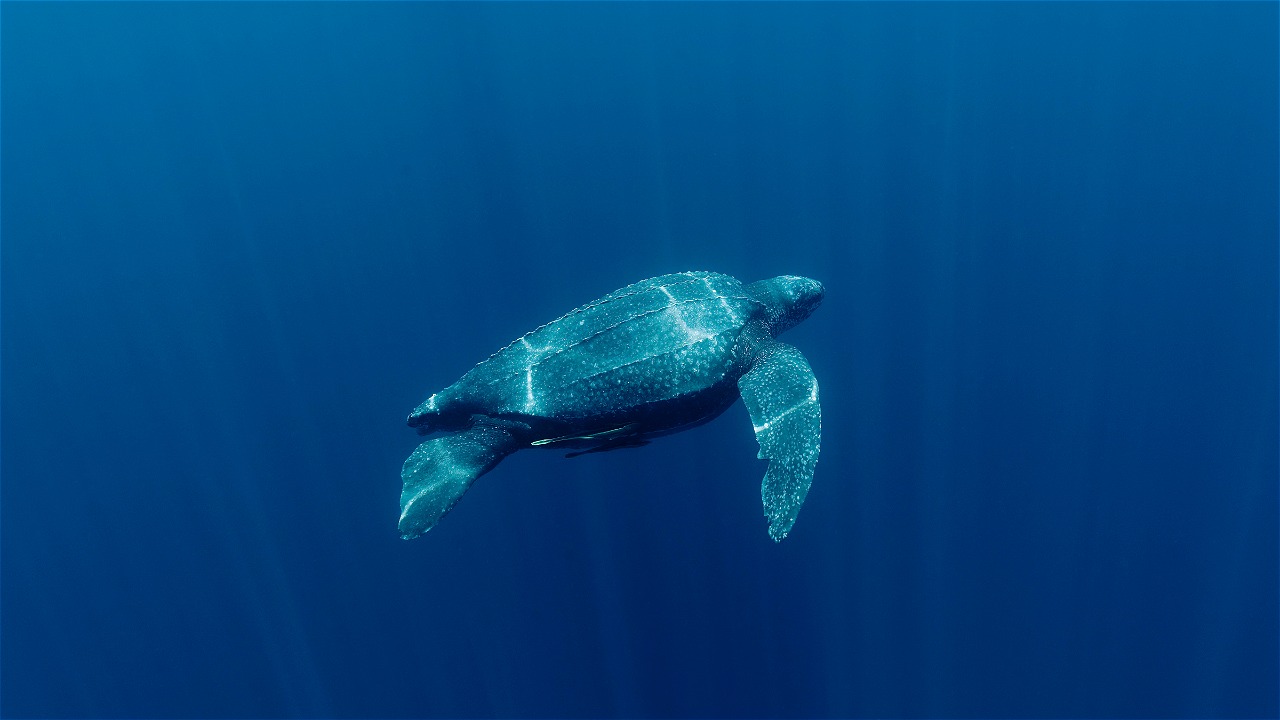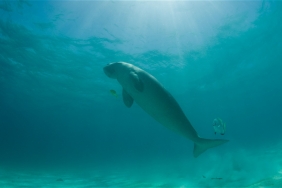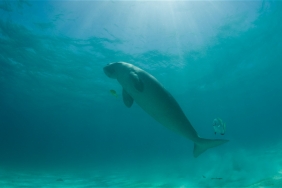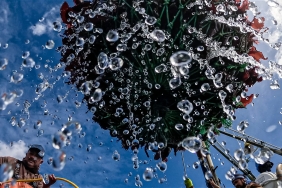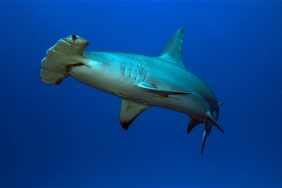PROTECTING SALAWAKU, BURU ISLAND LEATHERBACK TURTLE
By: Syarif Yulius Hadinata (Marine Species Assistant, WWF-Indonesia Inner Banda Arc Sub-seascape)
Buru Island is the third largest island in the Maluku Islands, with an area of 8,473.2 km² and a coastline length of 427.2 km. The natural wealth of Buru Island is comparable to Halmahera Island in North Maluku and Seram Island in Central Maluku, the two largest islands in the spice archipelago. The northern coast of Buru Island is a nesting site for the leatherback turtle (Dermochelys coriacea), a global Endangered, Threatened, and Protected (ETP) biota.
Maluku people call the leatherback turtle by the name salawaku. Not only in Buru Island, Seram Island also recognizes the leatherback turtle with the same name. Salawaku comes from the name of a large tree, in accordance with the size of the leatherback turtle's body, which is the largest among other turtle species. In addition, salawaku is also a shield,a traditional weapon used by Kapitan Pattimura in battles against invaders.
On December 6-15, 2016, through the community perspective on important species survey, we interviewed 23 key informants and conducted extensive surveys on turtle nesting beaches. Namely, along the coastline stretching across the villages of Waprea, Waeputih, Waenibe, Waspait, and Wamlana, on the north coast of Buru Island.
On this 13.7km stretch of coast, we found 85 turtle tracks and nests. Not only that, we also found that the appearance of leatherback turtles is still highly anticipated - to be hunted. The potential turtle nesting beaches in the north of the island stretch from Waeura Village, Waplau District; to Air Buaya Village, Air Buaya District.
Hawksbill turtles (Eretmochelys imbricata), green turtles (Chelonia mydas) and Olive Ridley turtles (Lepidochelys oliviacae) come to lay their eggs in Waeura Village to Waprea Village, Waplau District. While the coastline of Weputih Village, Waplau Subdistrict to Air Buaya Village is often visited by leatherback turtles and Olive Ridley turtles.
The coastal areas with the highest intensity of leatherback turtle nesting stopovers are Waspait, Waenibe, and Wamlana Villages, with 6.5 km of coastline. The nesting season is from November to March. Early that morning (12/12/2016), almost half past two in the morning, I had my first encounter with a leatherback turtle. Salawaku visited the black sands of Waspait Village, Fena Leisela District.
Until half past four in the morning, salawaku with a carapace length and arch width of 152 cm and 105 cm, walked along the beach with an average width of 24 meters. From a short distance away, I could see a 3 cm diameter hole in its left hind fin.
Currently, turtle hunting is still a routine for the people of Buru Island. Some residents still flock to the beach during the nesting season to collect turtle eggs or meat for consumption and even resale.
However, the first step to protect salawaku has been taken through further intensive sigi (survey) by WWF-Indonesia on January 15, 2017. This monitoring involved local enumerators in three favorite salawaku villages: Waenibe, Waspait, and Wamlana, and will continue until June.
Data on individual turtles, tracks, and data on hatchlings and nests is the first tool to protect them. Currently, the large body size of salawaku has not been able to become a shield to protect it from the threat of poaching by humans. However, out of the 10,000 inhabitants of Buru Island, I believe there are still many who are willing to be a shield for salawaku..

